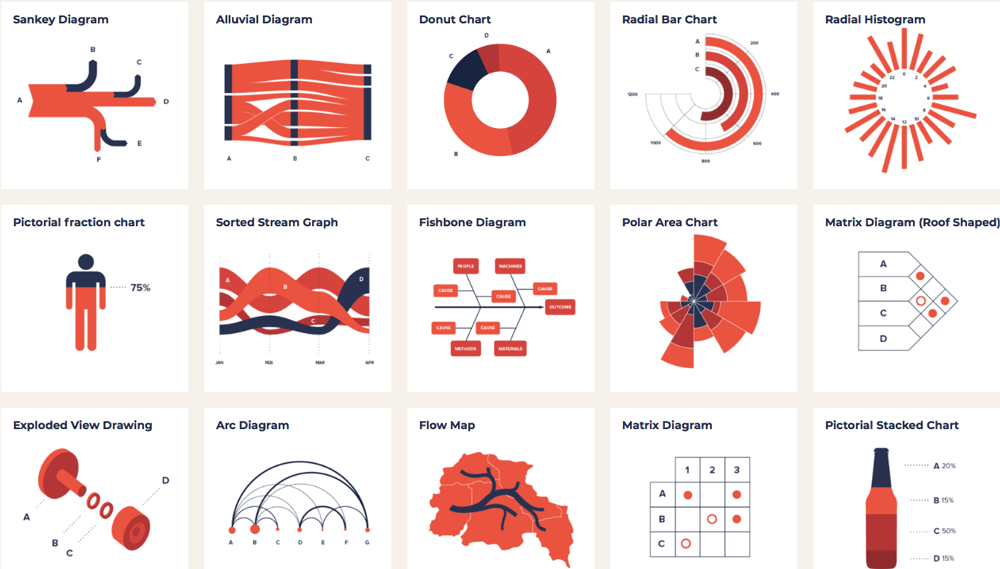What’s your founder’s story?
/Our intuition tells us that an authentic story about a company’s beginnings—its founder’s story—is compelling to customers. Researchers are beginning to find truth in this hunch.
yvon chouinard circa 1972
In a recent study in the Journal of Consumer Psychology, professors at University of Mississippi and Olin Business School at Washington University found that “information about a founder's motivation for creating a company has a powerful effect on whether consumers deem a brand authentic, which in turn influences judgments about the quality of the product.”
It’s what Patagonia, Vanguard Funds, and Chobani yogurt all have in common: they’re strong brands grounded in a powerful story about the founders’ original purpose.
To those of us who are familiar with the stories of Yvon Chouinard, John Bogle, and Hamdi Ulukaya, these brands are inseparable from their founders’ initial motivations. For the many more who buy their products without knowing these stories, those motivations are still very clear because they’re so strongly imbued in their products.
Patagonia’s superior, “clean,” durable outdoor merchandise. Vanguard’s “new and better way of running a mutual fund company… directly benefitting shareholders.” The kind of yogurt that Chobani wanted to bring to the world, by the kind of caring company its founder wanted to see in the world.
The founder’s story doesn’t necessarily need to be true, but it must add up. Most people still don’t know that “Häagen-Dasz” means nothing, was for years made in the South Bronx, and was once called Senator Frozen Foods. It’s a premium brand many still believe comes from somewhere in Denmark. Its reputation for high-quality ingredients, including lots of butterfat, fortifies the story because it’s in tune with the story.
We’ve found that many companies are sitting on the outlines of great founders’ stories that they aren’t using, haven’t explored, or haven’t adequately articulated. That story is often a key to the brand. And reconnecting with it can add vitality to the expression of that brand.
Photo by Tom Frost is licensed under Creative Commons Attribution-Share Alike 3.0 Unported

















